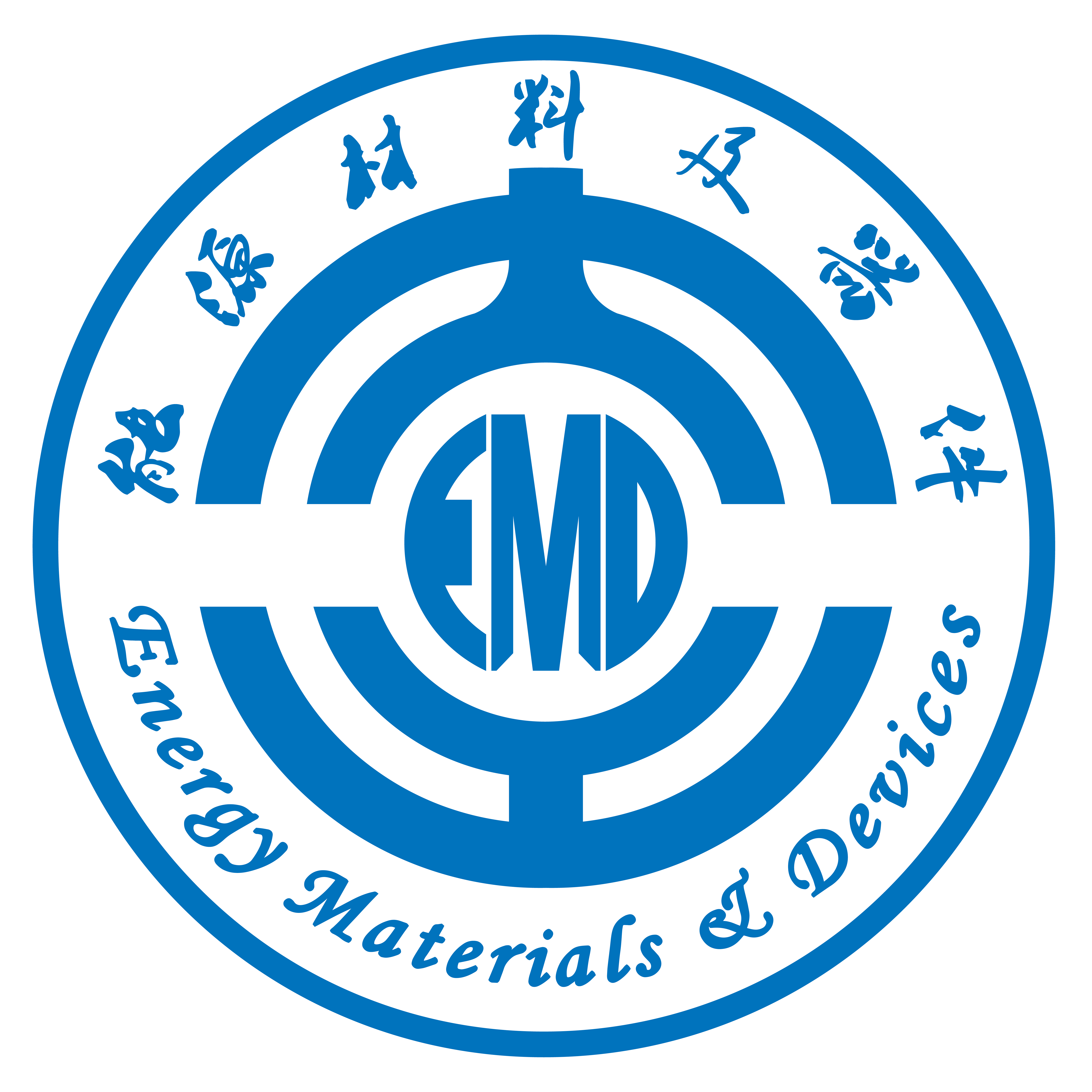Abstract: Sodium ion batteries (SIBs) are promising for large-scale energy storage applications. Heteroatom-doped carbonaceous anode materials provide promising potential for high sodium storage, high-rate capability and long cycle life. In this case, we synthesize nitrogen, phosphorus co-doped carbon@carbon nanotubes (NPC@CNTs) that possesses both rich nitrogen (5.75 at.%), phosphorus (4.33 at.%) content with a large number of micropores and mesopores. When used as an anode for SIBs, NPC@CNTs delivers high capacity, good rate and cycling performance. Doped nitrogen and phosphorus with nanocable structure offer more pseudocapacitive active sites for high sodium storage and promote electric conductivity. Identified by kinetics analysis, NPC@CNTs and nitrogen, phosphorus co-doped carbon (NPC) have similar capacitive contribution, suggesting no obvious difference from the kinetics of Na+ transport. However, NPC anodes exhibit much lower specific capacity compared with the NPC@CNTs. This result is contributed to the nanocable structure of NPC@CNTs with more micropores and less mesopores, which highlights the effect of the porosity and microstructure on the Na+ storage performance.
https://doi.org/10.1016/j.mtener.2020.100439

